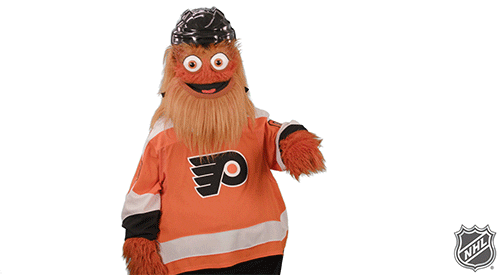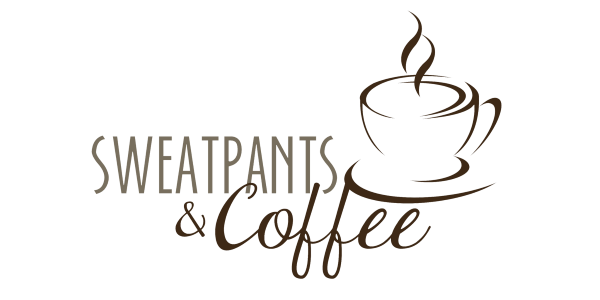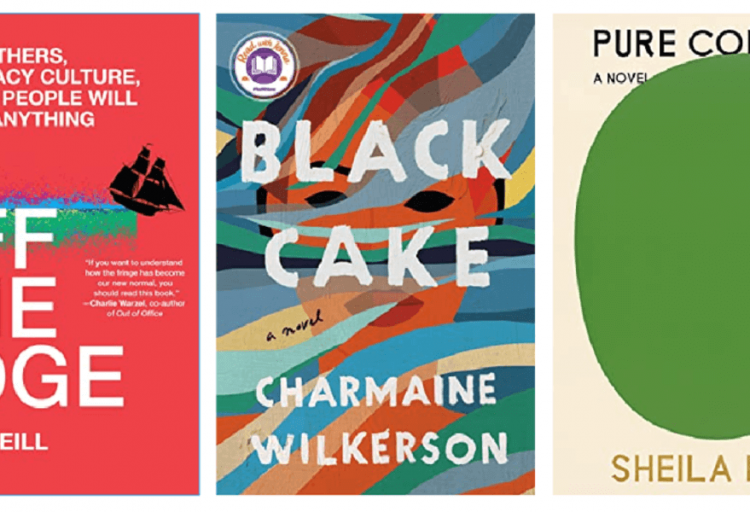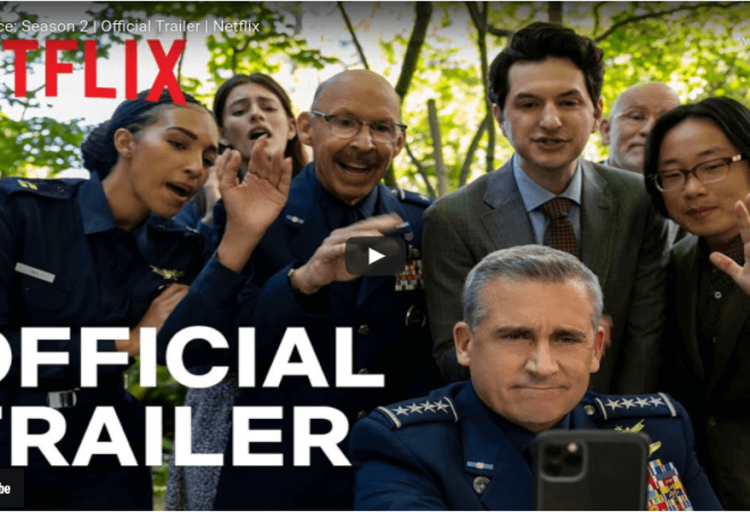Okay, y’all. Full disclosure: I can’t tell you who started it, why they started it, and why they decided on June 17th. I haven’t the faintest idea what the answers are to that question—no one else seems to either. Nevertheless, it’s June 17th and you know what that means (maybe?): it’s National Mascot Day!
Scrappy the Eagle’s birthday party! He’s my alma mater’s mascot. Go Mean Green! Also in attendance are UNT’s unofficial but incredibly beloved Albino Squirrel and University of Texas at Dallas’ Temoc the Comet; I also attended UTD as an undergrad.
From individual sports teams to entire sporting events; from the characters walking around Disney and Universal to major brand ambassadors, mascots are so ubiquitous in the United States that they’ve woven their brand of entertainment and sass into our daily lives. Once upon a time, mascot—from the French mascotte—simply meant a good luck charm; it wasn’t until the English language—which waits in dark alleys and leaps out to attack other languages for spare vocabulary and loose grammar—got its grubby mitts on it in the late 19th century that mascot came to mean a living being that is tied to an organization or business.
Huh. Maybe that’s why I’ve been resistant to cereal mascots—I’m an AuDHD kid and eye contact is a challenge.
Rather than the sometimes cuddly, sometimes fierce, and occasionally confounding, cartoonish characters we usually see and associate with sports, in the late 19th and early 20th centuries mascots were often living people or animals that represented a company or brand—think the Gerber baby and Nipper, the RCA dog. It didn’t take long for sports teams to pick up on the good luck aspect of mascotte and start adopting living mascots; the story is that the first mascot for a sports team was a little kiddo named Chic, he was the bat boy for an unnamed baseball team in 1883. Chic became the team’s good luck charm: “According to an 1883 issue of The Sporting Life Magazine, ‘the players pinned their faith to Chic’s luck-bringing qualities.’” Then there was the intentional use (not you, Cincinnati) of animals as mascots, which began to be adopted sometimes in the late 1880s, like Yale’s Handsome Dan. While they are often overshadowed by the antics of costumed mascots, many universities and military sports teams still have living mascots: Texas A&M, University of Texas, Yale, University of Georgia, University of South Carolina, Army, Navy, University of North Carolina, and so on.
Ralphie out here representing my birth state with her general badassery!
The costumed mascots that dominate sidelines, baselines, touchlines, and the stands didn’t really come into their own until the 1970s, when Ted Giannoulas’ San Diego Chicken started entertaining fans at Padre’s games and when the Phillies debuted Phillie Phanatic—created by Bonnie Erickson, who was the Head of the Muppet Workshop and had created characters like Statler and Waldorf and Miss Piggy. Though neither the Phanatic nor the San Diego Chicken were the first costumed mascots, they certainly usher in an era defined by the idea that a mascot wasn’t just a good luck charm but an entertainer, too. In the decades since, sports mascots have become daredevils, comedians, and dancers who entertain on and off the field, often appearing at community events and visiting children’s hospitals.
The Oregon Duck’s parody of “강남스타일” (“Gangnam Style”)
And that’s just sports mascots. I would be remiss if I failed to give a shout out to theme park mascots. Disneyland opened to guests on July 17, 1955 and, as the first theme park with costumed mascots, Mickey Mouse became the first theme park mascot. Over the course of the last 68 years, as Disney has grown, so has the number of costumed characters and mascots across its 12 theme parks. According to a 2021 Vox article, there are around 475 theme parks operating in the United States. While not all of those 475 theme parks have costumed performers or mascots walking the grounds and interacting with guests, a lot of the larger theme parks do. That’s a lot of people in, often, miserably hot, claustrophobic suits and mascot heads who work hard to entertain, meet and sign autographs for excited guests, dance, walk in park parades, and sometimes all of the above. That is some serious work, y’all, and they don’t get nearly the respect they deserve.
I mean, all critiques of the disturbing family dynamics implied by this particular routine aside, I cannot imagine trying to do all that while wearing some of those costumes that obscure the dancer’s vision.
I am decidedly more of a Gritty kid myself, so, while corporate mascots deserve a mention too, I’m not happy about it—and, yes, I do understand the irony of aligning with one (essentially? originally?) corporate mascot to dis just about all other corporate mascots (and let’s not mention that theme park and sports mascots are also corporate things). But, like I said, I’m a Gritty-kind of kid—just roll with the chaos.

Anyway, it is interesting to note that the first brand mascot in the United States was the Quaker Oats dude—imaginatively named Quaker Man—who debuted in 1877; to bring it back to sports for a second because fun facts (and by fun facts I mean “look at the Gordian knot of late capitalism,” because this is who I am as a person) the Quaker Oats Company bought Gatorade in 1983, then PepsiCo bought Quaker Oats in 2001. See? Fun! When I hear “corporate mascot,” the first thing I think of is cereal, which I suppose is to be expected after a lifetime of seeing cereal advertising; from Count Chocula to Lucky the Leprechaun, from Cap’n Crunch’s Jean LaFoote (also owned by Quaker Oats owned by PepsiCo—fun!) to BuzzBee, cereal mascots are so ubiquitous on television and in grocery aisles that sometimes I forget that there are other corporate mascots out there—though, admittedly, a a lot of the ones I can think of immediately are food-related (I think I might be hungry).

Regardless of your sports team, theme park, or brand preferences, there are mascots out here doing Dionysus’ work—entertaining you and lifting your spirits and …trying to get you to buy stuff. These performers are working their, often, furry butts off and they more than deserve a day to recognize just how awesome they are!
GO BULLS!
Oh, wait! The Michelin Man! Not the one who lives on Drury Lane, the other guy. Finally!—I remembered a non-food-related mascot: the Michelin Man.
Now, get out there—in meatspace or online—and give your favorite mascots some love today!

Okay. I’m done, for real now.





Leave a Reply